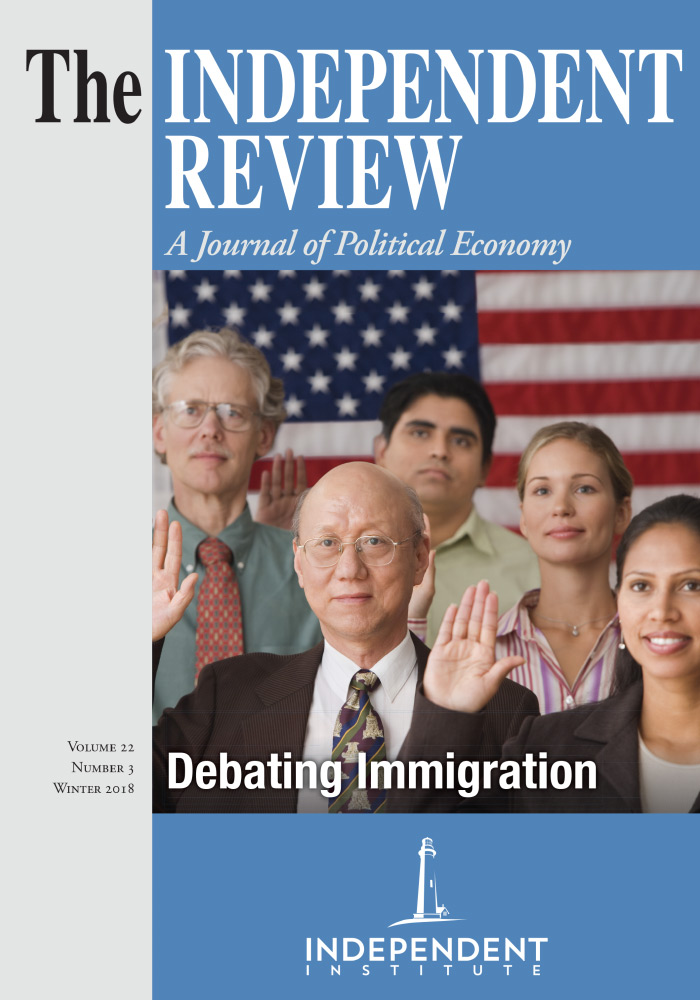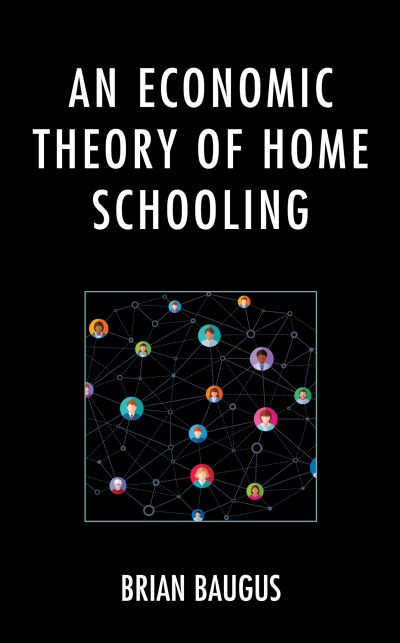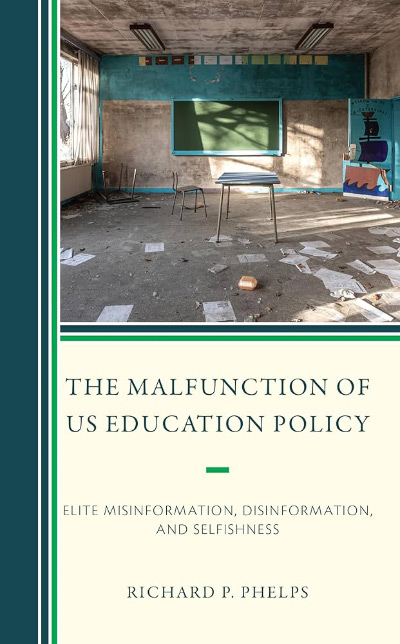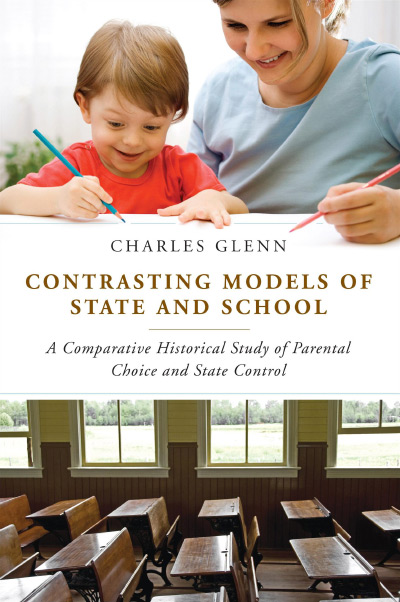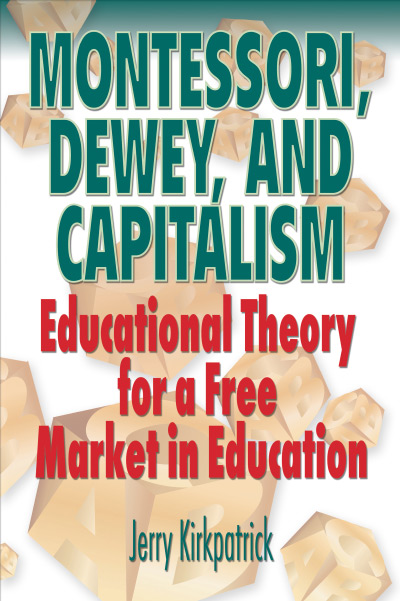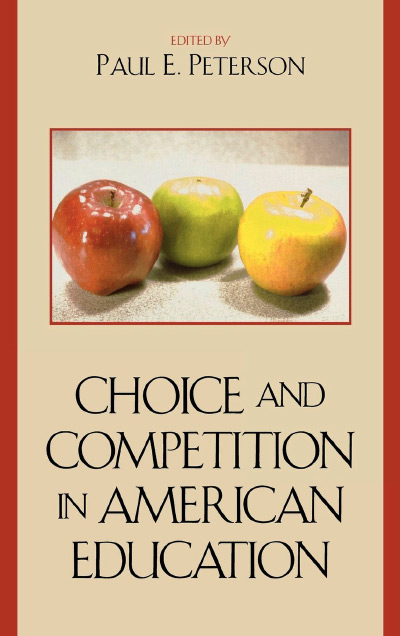Libraries cannot set out politically balanced displays of books on the Common Core project because advocates and critics of it are far from evenly distributed. Most books on the subject do not consider the project a desirable reform (i.e., they do not favor workforce preparation for all students in place of optional high school curricula and student-selected postsecondary goals). Nor have parents lauded Common Core’s effects on their children’s learning or the K–8 curriculum. Indeed, few observers see anything academically worthwhile in the standards funded by the Bill and Melinda Gates Foundation and promoted by the organizations and foundations it has subsidized for that purpose (e.g., the Thomas B. Fordham Institute, the U.S. Chamber of Commerce, and Jeb Bush’s Foundation for Educational Excellence), with aligned tests funded by the Obama-led U.S. Department of Education (USED) and guided by Arne Duncan’s and John King’s many appointees still in the USED, despite the change in administration after January 2017.
Joy Pullmann’s book The Education Invasion: How Common Core Fights Parents for Control of American Kids is the most recent addition to the critics’ side of the Common Core shelf, joining such critiques as Orlean Koehl’s The Hidden C’s of Common Core (Lake Dallas, Tex.: Helm, 2012); Terrence Moore’s The Story-Killers: A Common-Sense Case against the Common Core (self-published, 2013); Patrick Wood’s Technocracy Rising: The Trojan Horse of Global Transformation (Mesa, Ariz.: Coherent Press, 2014); Brad McQueen’s The Cult of Common Core: Obama’s Final Solution for Your Child’s Mind and Our Country’s Exceptionalism (self-published, 2014); Kirsten Lombard’s Common Ground on Common Core (Madison, Wisc.: Resounding Books, 2014); Glenn Beck and Kyle Olson’s Conform: Exposing the Truth about Common Core and Public Education (New York: Simon and Schuster, 2015); Donna Hearne’s The Long War and Common Core (St. Louis: Freedom Basics Press, 2015); and the Pioneer Institute’s Drilling through the Core: Why Common Core Is Bad for America (Boston: Pioneer Institute, 2015).
The relative obscurity of most of these sources, including those that were selfpublished, shows that the topic is not being well addressed, if at all, by “mainstream” journalists, academics, or publishers. Maybe Common Core supporters are trying to keep the public in the dark about parent and teacher opposition to it and choose not to write anything at length about it. Maybe they are stymied by the lack of evidence and empirical support for the project. Only one positive book turns up via Google—Jeff Halstead’s Empowering Excellence: Creating Positive, Invigorating Classrooms in a Common Core Environment (Lanham, Md.: Rowman and Littlefield, 2014)—but it is not by a parent. Joy Pullmann’s book helps us to understand why there is so little on the advocacy end of a library bookshelf holding works on Common Core.
Pullmann’s purpose is to explain what Common Core is and how it got to be implemented in almost every public classroom in almost every state in a remarkably short period of time (less than five years). She does so chiefly from the perspective of the many parents and teachers she quotes. Organized in seven chapters, her book describes how the Gates Foundation promoted and continues to promote one extremely wealthy couple’s uninformed, unsupported, and unsupportable ideas on education for other people’s children, even while their own children are enrolled in a non–Common Cored private school. It explains how (but not exactly why) the Gates Foundation helped to centralize control of public education in the USED ; why parents, teachers, local school boards, and state legislators were the last to learn how the public schools that their local and state taxes support had been nationalized without congressional knowledge or permission; and why they were expected to believe that their local public schools were now accountable to a distant and faceless bureaucracy for what they taught, how they taught, and how it was graded, not to the local and state taxpayers who fund the schools or to locally elected school boards. Overnight, teachers discovered they were accountable to faraway anonymous bureaucrats for students’ scores on tests that these teachers had not developed or reviewed before or after their administration. In some cases, teachers were accountable for the achievement of students they had never taught. Yet, amazingly, the Common Core project was presented to state boards and school administrators as “state led” (see, for example, Ashley Jochim and Patrick McGuinn, “The Politics of Common Core Assessments,” Education Next 16, no. 4 [Fall 2016]: 44–52) even though it was not accountable to the states despite the fact that the federal government pays for only about 8 to 10 percent of the costs of public education on average across states.
The complex story of how sets of English language arts and mathematics standards (and, later, compatible science standards) created by nonexperts selected chiefly (so far as we know) by Bill Gates got adopted legally by math- and science-illiterate state boards of education (most state board members in most states do not understand the content and sequence of a K–12 math and science curriculum, to judge by the absence of documented questions on Common Core’s math standards at the time they were officially adopted) is carefully told in a relatively short book. What we miss in the book are analyses of four crucial topics: the academic quality of Common Core’s standards, why they were adopted by state boards of education, why state legislatures can’t seem to replace them with stronger academic standards, and to whom our public schools should be accountable.
The first topic is perhaps the most controversial aspect of the Common Core project—the inferior academic quality of its standards. The mission statement in the first documents released by the Common Core project claims that its English language arts and mathematics standards “are designed to be robust and relevant to the real world, reflecting the knowledge and skills that our young people need for success in college and careers.” Yet, curiously, there is no chapter in Pullmann’s book on whether independent academic experts in mathematics, science, or literary scholarship (such as E. D. Hirsch Jr. at the University of Virginia) have ever judged as “robust” Common Core’s “collegereadiness” standards and the tests aligned to them. Pullmann doesmake it clear in a subsequent blog post how Common Core’s mathematics and English language arts standards limit if not damage the education of all children, including those it claims towant tomake “college ready” (Joy Pullmann, “How Common Core Damages Students’ College Readiness,” James G. Martin Center for Academic Renewal, March 10, 2017). But there is no cogent discussion of this central issue in her book.
Second, because the Common Core standards were never judged by independent academic experts as reflecting the “knowledge and skills” needed for success in college and careers, why did state boards or other state agencies (often appointed by a governor) make a decision in 2010 to adopt them, knowing that billions of dollars were needed to implement them, to alter textbooks and other curriculum materials, to prepare new teachers, to retrain practicing teachers, and, above all else, to assess teachers and knowing that many more billions would eventually be needed for continuing implementation? That is the puzzle some investigative reporters will need to tackle in the future because Pullmann’s book offers no analysis of this situation. Case studies might shed light on why state boards of education across the country chose to adopt secondary mathematics standards (and, later, compatible science standards) that most board members were incapable of understanding on their own (most were not engineers) and without a public meeting with academic experts at their own public universities. Why did they think they could rely on the staff at their own departments of education, on mathematically weak K–12 teachers, or on a sales pitch from organizations subsidized by the Gates Foundation rather than on people who actually teach mathematics or science at the postsecondary level and have specialized in the subject in undergraduate and graduate school or used mathematics in their daily professional work?
Third, how does “school choice” address any of the problems with the Common Core project? Pullmann’s commendable effort to describe the spider web spun by two wealthy people to ensnare all the nation’s children in their misconceived education agenda ends with a puzzling recommendation extolling school choice, as if giving low-income parents a choice of school building or school management solves the many problems that parents have had with Common Core’s standards, tests, and data-collection activities. Where readers might expect suggestions for how states or school districts might escape or have tried to escape from the Common Core spider web, we find instead a justification for school choice. It is common knowledge that charter schools or vouchers for private schools (the forms in which school choice most often occurs) are available chiefly to low-income parents and their children. No means test was used for many of the original charter schools in the 1990s. But in 2017 it is quite clear that charter schools and vouchers are designed to help low-income children escape “failing” schools.
If the entire system of public education is trapped in Common Core’s spider web, what helps children of low- to middle-income families (perhaps the bulk of the population in our public schools) escape the curriculum shaped by its standards, statemandated tests, and data-collection activities in the schools they apparently must attend unless they are homeschooled? How can charter schools (mostly public schools) escape the Common Core net?
Fourth, we needed a discussion of accountability in the context of the Common Core project. Why did our governors and state boards seem to agree to the idea that our local public schools and its teaching force are accountable not to the parents of the children in them, not to the local taxpayers who pay on average about 45 percent of their public schools’ costs, and not to the state legislatures that pay on average (across states) about 45 percent of their costs, but to a partisan (and constantly changing) federal government or a Congress that appropriates on average about 8 to 10 percent of their costs? Even so-called conservative organizations (e.g., the Manhattan Institute, the American Enterprise Institute, and National Review) don’t seem to understand why parents whose children are trapped in Common Cored public schools don’t see their (often governor-appointed) commissioners of education and (often governor-appointed) state boards of education as speaking for their children’s interests. Elimination of USED-written accountability rules for the latest version of the Elementary and Secondary Education Act, voted on by the U.S. House and the Senate in March 2017, is only a baby step toward a solution of the problems in American education.
For sure, Joy Pullmann’s useful addition to the negative side of the library bookshelf on Common Core won’t be the last.
| Other Independent Review articles by Sandra Stotsky | |
| Summer 2021 | Between the State and the Schoolhouse: Understanding the Failure of Common Core |

